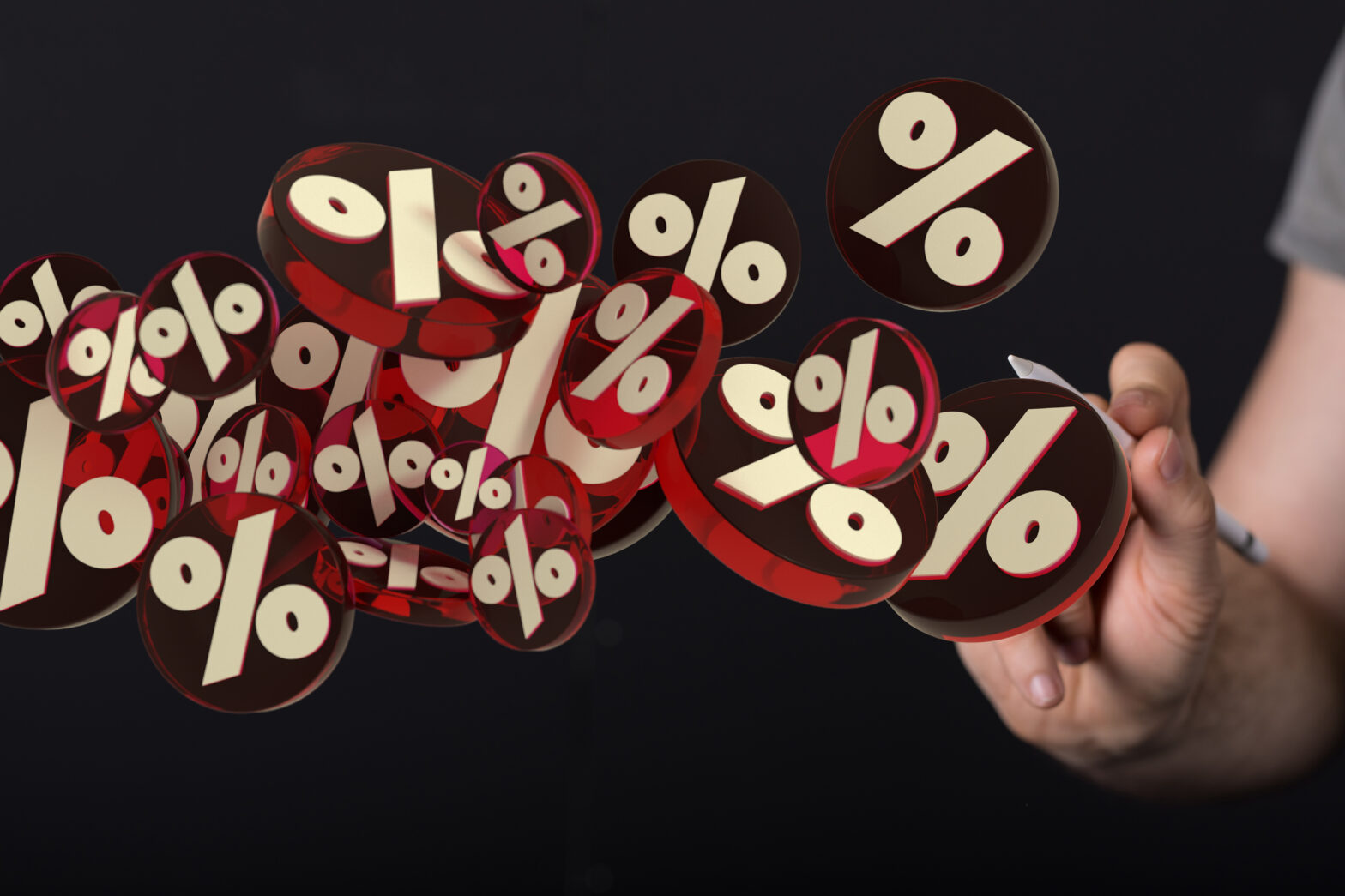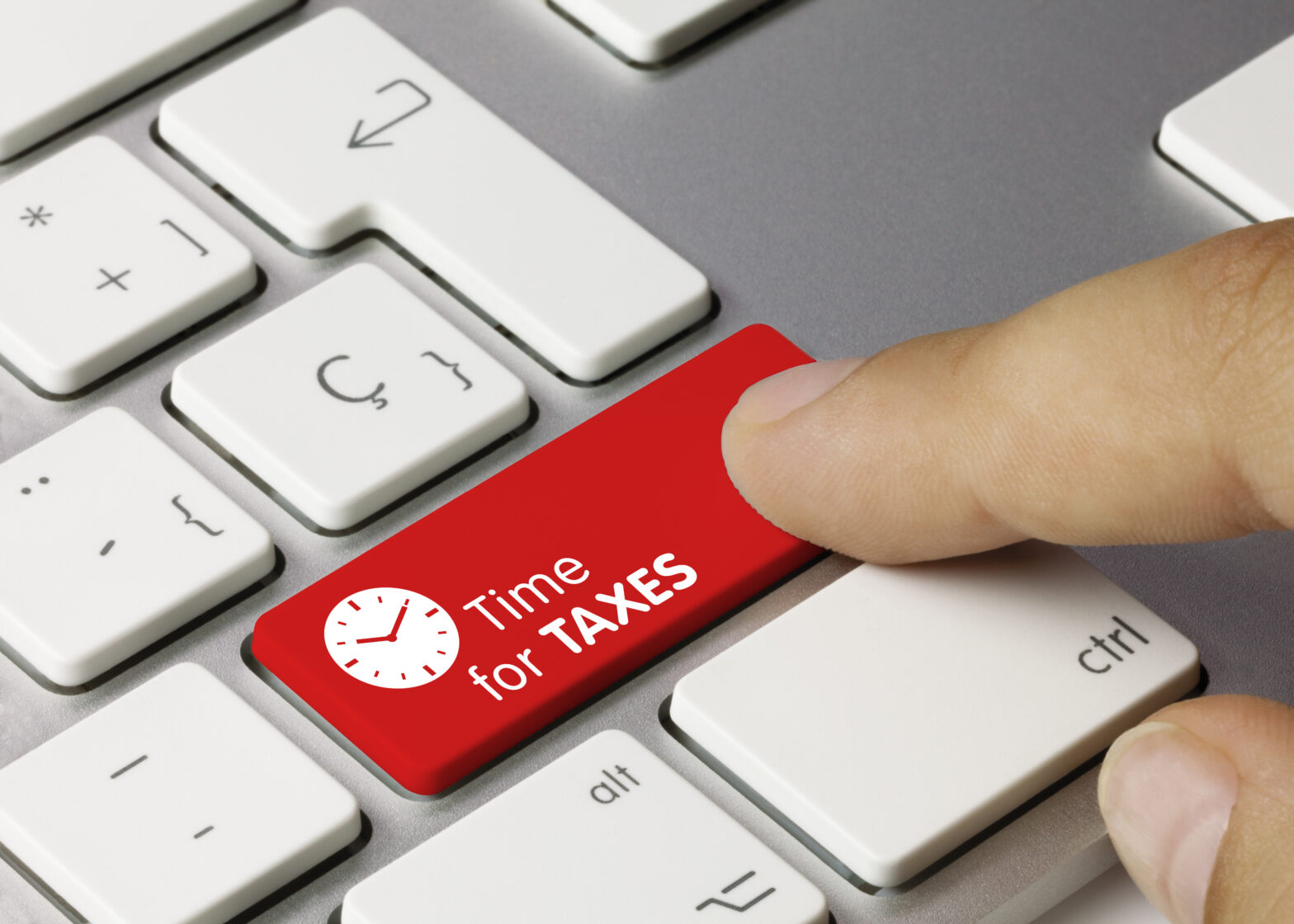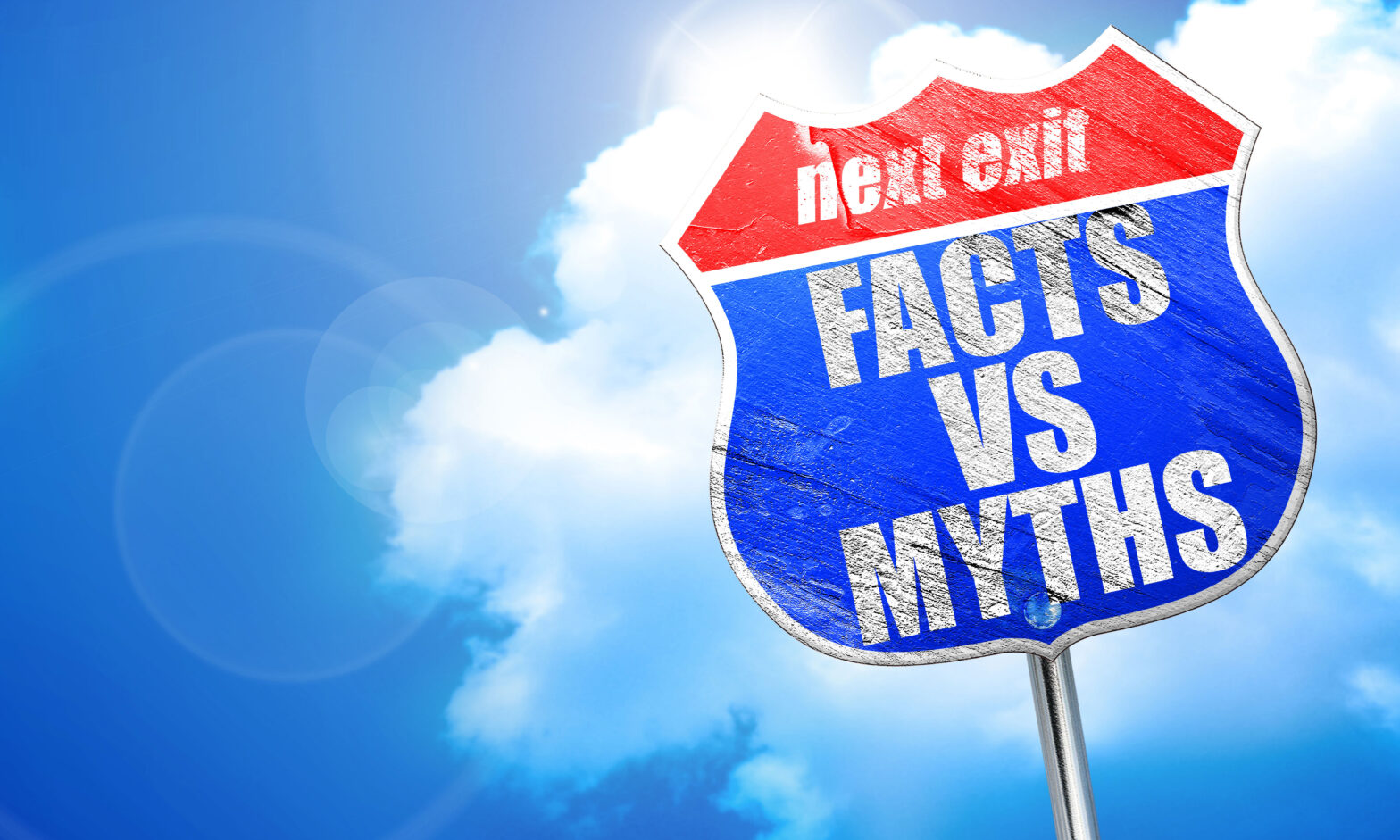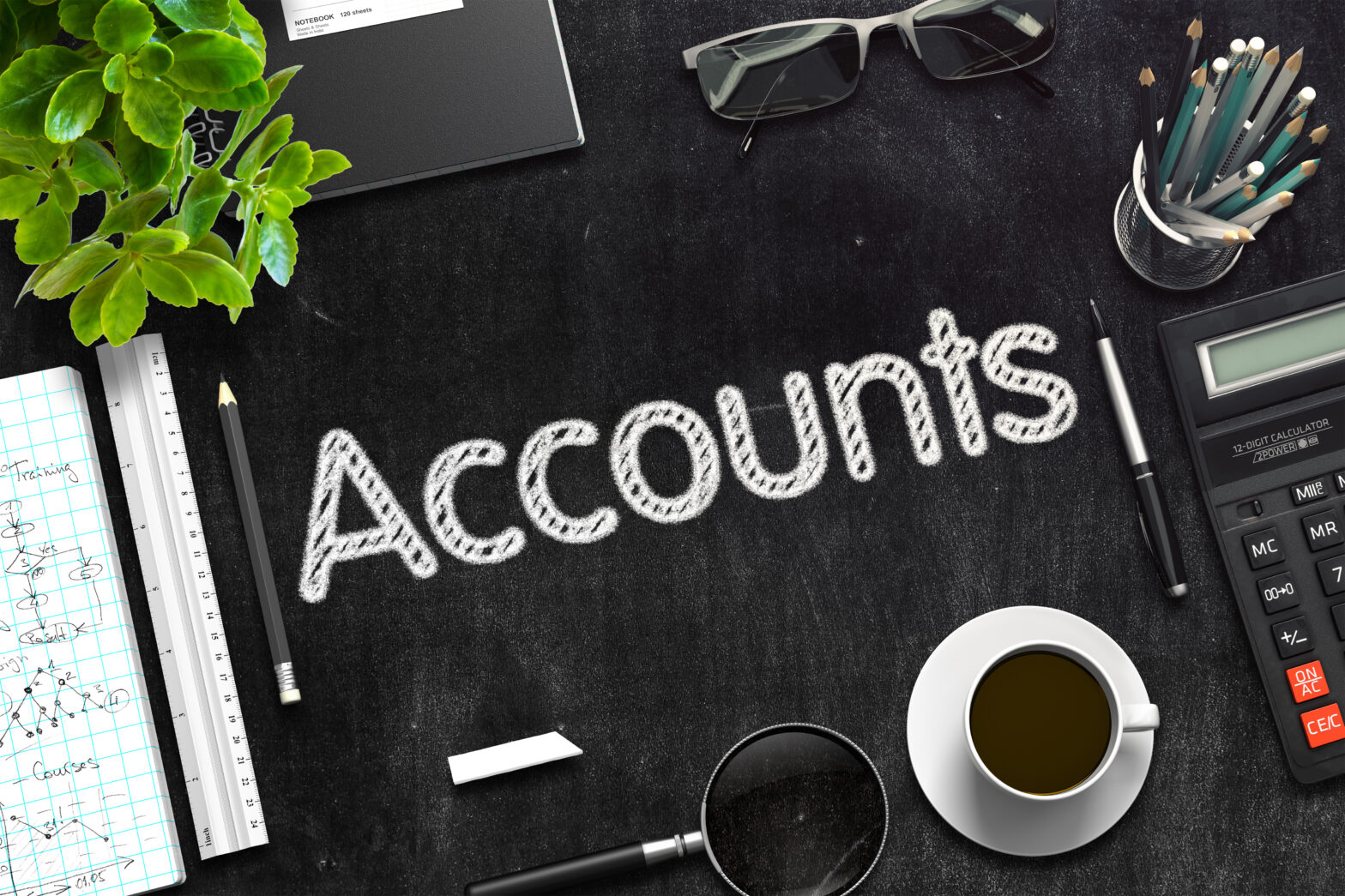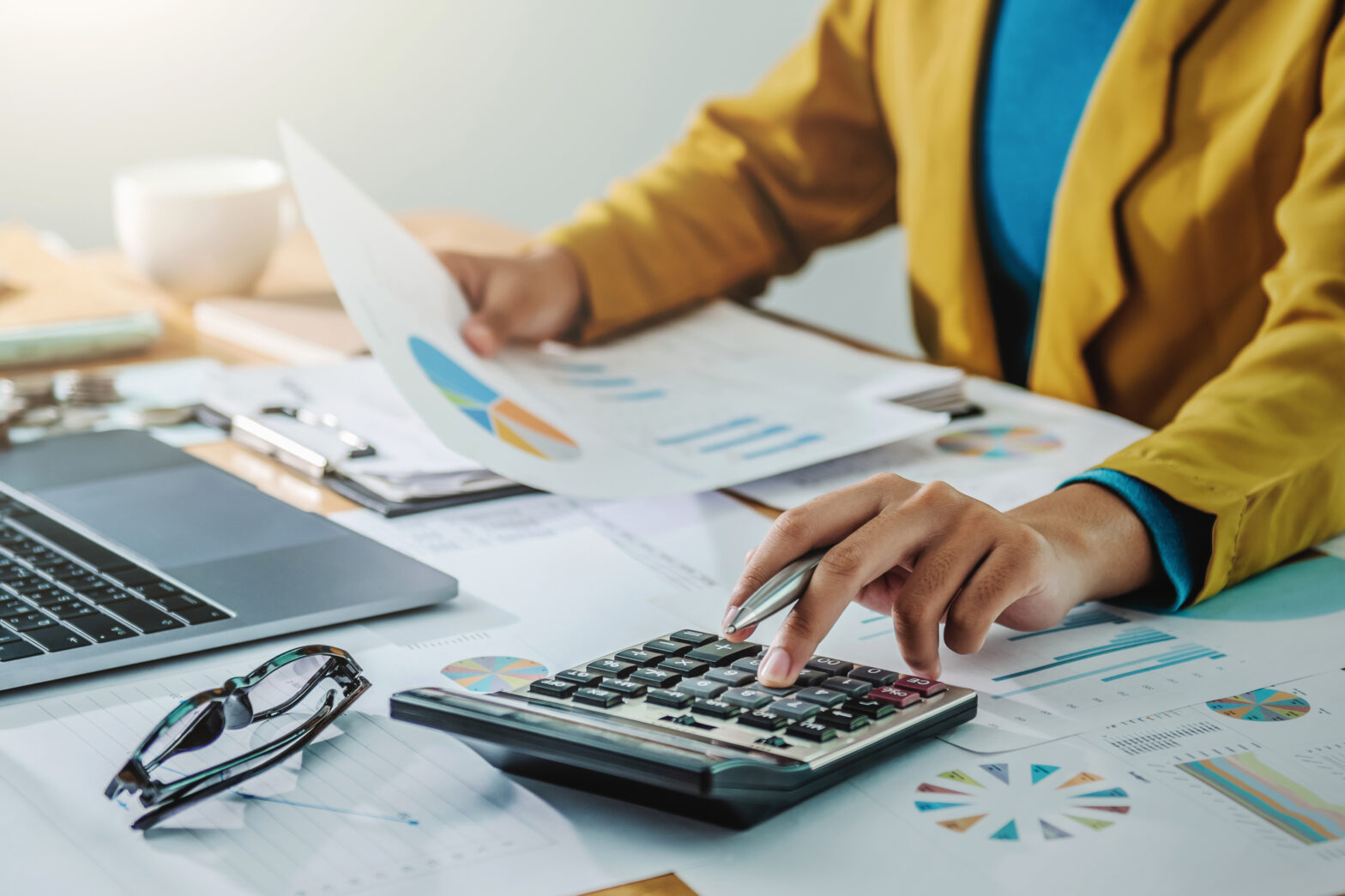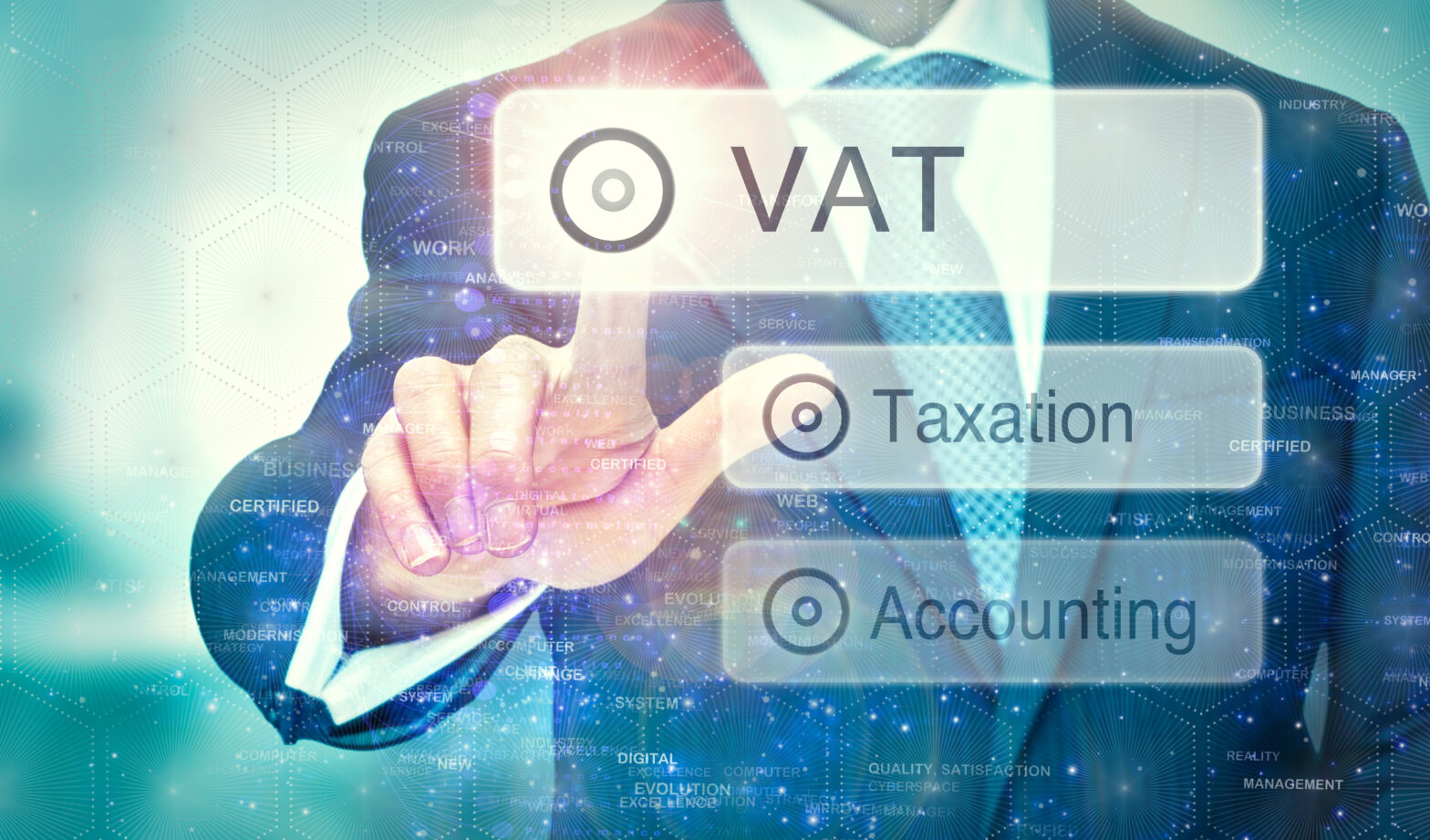By April 2022, all businesses, regardless of income, will need to comply with Making Tax Digital (MTD) for VAT.
The legislation requires all business owners to maintain digital records and file periodic VAT returns through MTD-compliant software.
Provided you’re prepared, there’s nothing to worry about – in fact, it should be easier and fairer than ever for you to manage your VAT responsibilities.
We spoke to Becca Chappell, product manager, compliance, at Sage, to find out what small business owners need to do to get ready for MTD for VAT, and how accounting software can help.
What is MTD for VAT?
Chappell: “MTD for VAT is the new legislation from HMRC that affects how VAT registered businesses do their VAT accounting. When it was introduced in April 2019, it only applied to businesses that were above the VAT threshold of £85,000. But as of this year, all VAT registered businesses, regardless of turnover, will have to adhere to it.”
How should business owners prepare for it ahead of April 2022?
Chappell: “Firstly, you should review your working methods. If you use an accountant already, speak to them about your responsibilities; if you don’t, consider reaching out to one.
“If you’re already using software, check that it is MTD-enabled. If not you’ll need to find accounting software or bridging software that’s MTD-compliant.
Unsure whether your accounting software is suitable? You can find a full list of MTD-compliant software on Gov.uk.
Chappell: “You also need to make sure that your processes are in line with the MTD rules, such as keeping digital records. You should be keeping records anyway if you’re registered for VAT so the difference is you will need to keep these digitally. MTD for VAT is already running, so when you’re ready, you can sign up.
“There’s loads of guidance out there – read up, educate yourself and make sure you’re ready for it.”
What is the difference between accounting software and bridging software?
Chappell: “The difference is that your accounting software stores all your digital records for you, and acts as one place for you to submit your VAT return.
“Bridging software is primarily used as a connector to HMRC to submit your vat returns if you have either got non-MTD compliant software, or if you’re still using spreadsheets.
“You can continue to use spreadsheets if you so wish by using bridging software to submit your VAT return, but you still need to follow the MTD rules around digital links. This includes making sure you’re only using formulas and not copy and pasting information across. Bridging software is available, but it’s not ideal for MTD.”
A digital link occurs whenever VAT data is transferred between two digital paces for the purposes of submission to HMRC. It could be via contact between two software programmes, emailing a spreadsheet, or even using a memory stick. You can find a thorough explanation of the rules around digital links here.
What records do I need to keep and when is the deadline?
Chappell: “The deadline will be from the day of your first accounting period that falls on or after 1st April 2022.
“The records you’ll need to keep will be dependent on the VAT scheme that you’re in, which you should know from your preparation. The key things that will need to be kept digitally will include business name and address, VAT registration number, the VAT accounting scheme that you use, the VAT on goods and services that supply your business, and any sales invoices.”
How do I file an MTD for VAT return?
Chappell: “If you’re using accounting software, it should be fairly straightforward. Within your accounting software, there’ll usually be a function saying ‘Create a VAT return’ or ‘VAT report, which will produce your VAT return for you by using the figures from the information that you’ve entered.
“You just need to check the figures, and add any adjustments. Then just hit submit and it’ll go directly from your software to HMRC. After you’ve saved, you should get a summary of what you’ve submitted and any outstanding tasks you’ve still got to do.”
Can I use my phone for MTD for VAT?
Chappell: “To a degree, and it depends on the software. With Sage Cloud Accounting software, there’s an app you can use if you’re out and about to send invoices, which is fully MTD compliant.
“For example, if you’re a plumber and you’re out on a job, you can send an invoice by email. You can also get payment on the app and take pictures of your receipts when you’re out purchasing things. But you need to go online for the actual VAT return, because you should pay a bit more due diligence to that.”
What do I do with paper receipts/invoices?
Chappell: “All you need to do is take a picture and upload it into the app. If you’re still using spreadsheets, you need to keep those paper receipts, but if not, as long as you’ve got a copy and it includes the VAT registration number, time of supply, invoice number, and the rate of VAT on there, that’s fine. Your software should automatically keep it for the legally required amount of time.”
How can accounting software help with MTD for VAT?
Chappell: “If you adopt compliant software, you’ll be able to view all your tax information in one place, and you’ll get peace of mind that you’re up to date as legislation changes.
“As HMRC gets more feedback, it might change some parts of MTD for VAT and your software provider will take care of that for you. Just pressing a button to create a VAT return will save you so much time as well, and give you so much time back to spend on your business.”
Visit the Sage website for more information on Making Tax Digital and to learn more about accounting software.
This article was written as part of a paid for content campaign, in partnership with Sage.
*As Product Manager for Compliance Knowledge in Sage, Becca loves nothing more than digging deep into the detail of compliance changes in the UK & Ireland. With a background of Accountancy in both Practice and Industry she brings a dual perspective to any upcoming changes and shares her expertise with teams within Sage to ensure all of their products are compliant.
